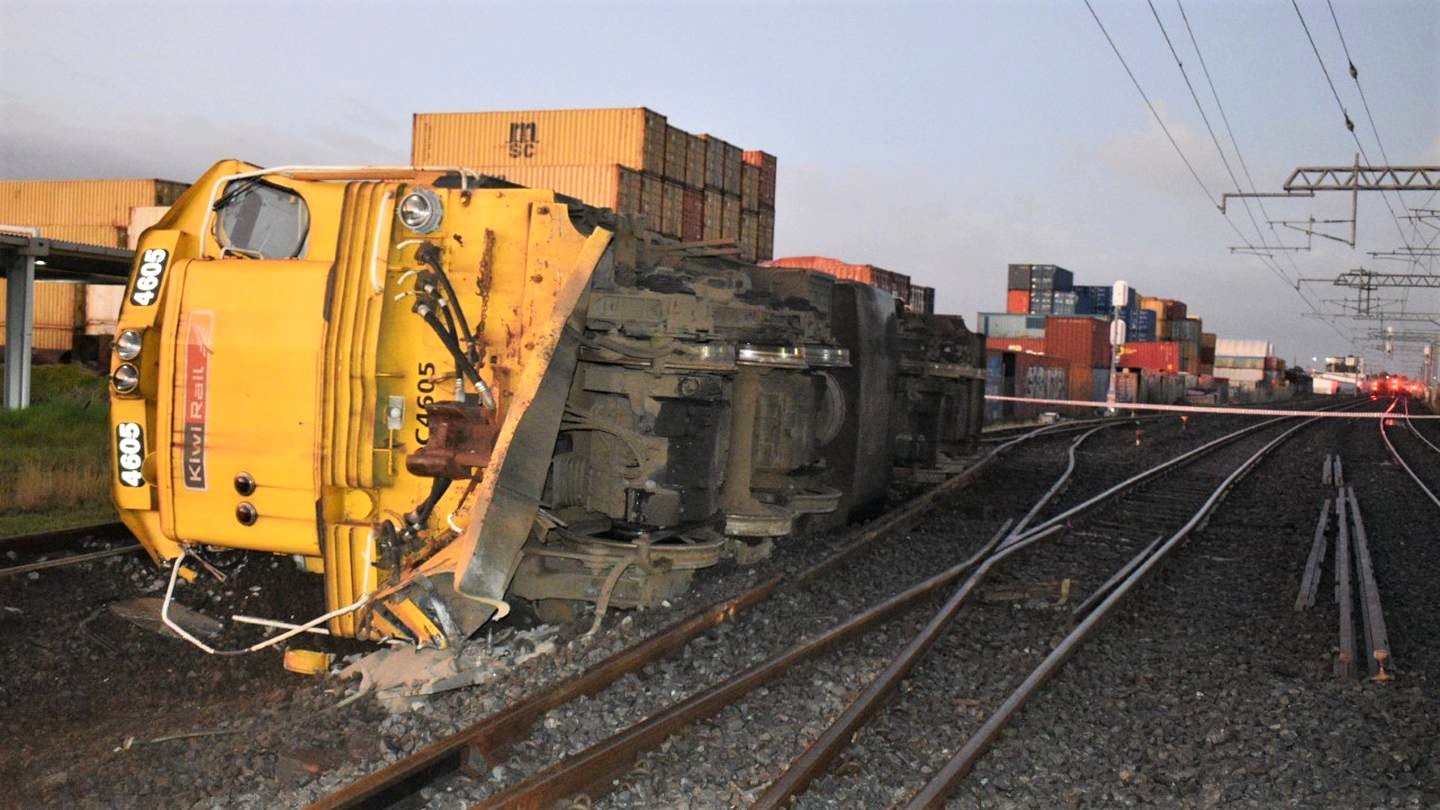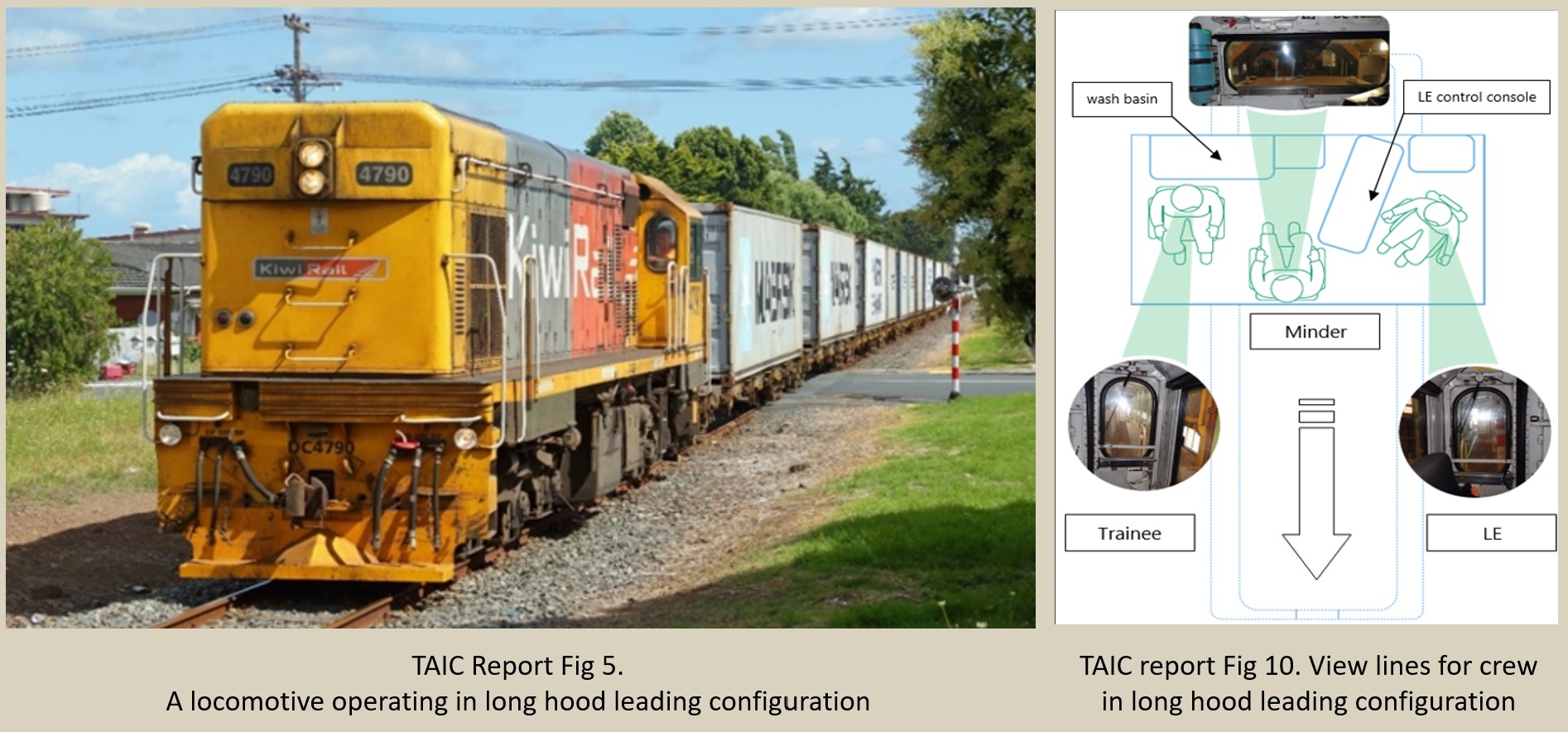
The Transport Accident Investigation Commission (TAIC) is calling on KiwiRail to upgrade its risk management in the Auckland Metro rail system and to make simple changes to its crewing and training to reduce the risks of human error.
TAIC today released its report into the accident at Tamaki in Auckland on 1 June 2022, where a locomotive derailed when it entered track crossover points too fast, overturned, and slid on its side for about 55 metres. All three crew members escaped with minor to moderate injuries.
Safety issues that made the accident more likely included inadequacy of KiwiRail’s risk management and crewing arrangements that were vulnerable to human error.
TAIC’s Chief Investigator of Accidents, Naveen Kozhuppakalam, says the problems started when train control told the locomotive crew to travel on the ‘up’ main line in a ‘down’ direction from Port of Auckland to Westfield.
“At that time, train control didn’t tell the crew about the plan to cross the locomotive over from the up mainline to the down mainline at Tamaki,” said Mr Kozhuppakalam.
“And the crew didn’t tell train control that their single cab locomotive would be travelling in long-hood leading configuration.
With long-hood leading, a locomotive appears to travel in reverse, with the crew cab at the rear in relation to direction of travel. This places the driver in the left of the cab, looking along the length of the engine cowling at the track ahead. To remedy the driver’s obscured view, a ‘second person’ crew member sits on the cab’s right to tell the driver about signals on that side. In this case, the spotter was a trainee, minded by a third crew member.

TAIC found that the minder’s seating position made it impossible to check that the trainee’s signal calls were correct.
“When the trainee didn’t report speed limit signals, the driver didn’t slow the locomotive and it entered the points doing about 77km/h, about 50 km/h faster than the limit.”
“The Commission identified gaps in two safety critical areas – job training for the ‘second person’ role, and non-technical skills in general, which is knowing how to work together, talk to each other and understand what everyone is doing in safety-critical situations.
TAIC also found issues with KiwiRail’s risk management, handling of hazards, and mitigation of the risks of long-hood leading operations on the Auckland Metropolitan rail network.
“While KiwiRail has largely ceased mainline long-hood leading operations nationwide, the Commission has recommended that Waka Kotahi ensure sufficient risk controls for long-hood leading by all rail participants, not just KiwiRail.”
“Also, safety on the Auckland Metro network relied largely on administrative risk controls, which are problematic because they rely on people always doing as they are told and always doing their jobs perfectly.
“That might be okay in a simple work environment, but it’s not in a highly complex environment like the Auckland Metro network; that’s when you need engineering risk controls to make it easy for everyone to do things right.”
To address these issues, the Commission has made four recommendations to KiwiRail and one to the New Zealand Transport Agency Waka Kotahi.
